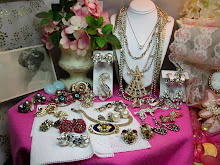Here in Oregon, we had quite a winter. In December we had 4 storms, each within days of each other, dropping about 3 to 4 feet of snow!
Today was the first day of wonderful sunshine. I was ready to take a stroll in the neighborhood. How wonderful to see the daffodils coming up...and primroses. The neighbors were busy cleaning up their pots that had sat in the frigid temperatures. They were eager to get their newly purchase annual in their pots and get them out on the porches and decks to enjoy.
It felt so good to hear the birds twittering and singing. I saw all kinds of sparrows fluttering and flying all about, enjoying spring and saying to their fellow friends how happy they were to see the sunshine!













